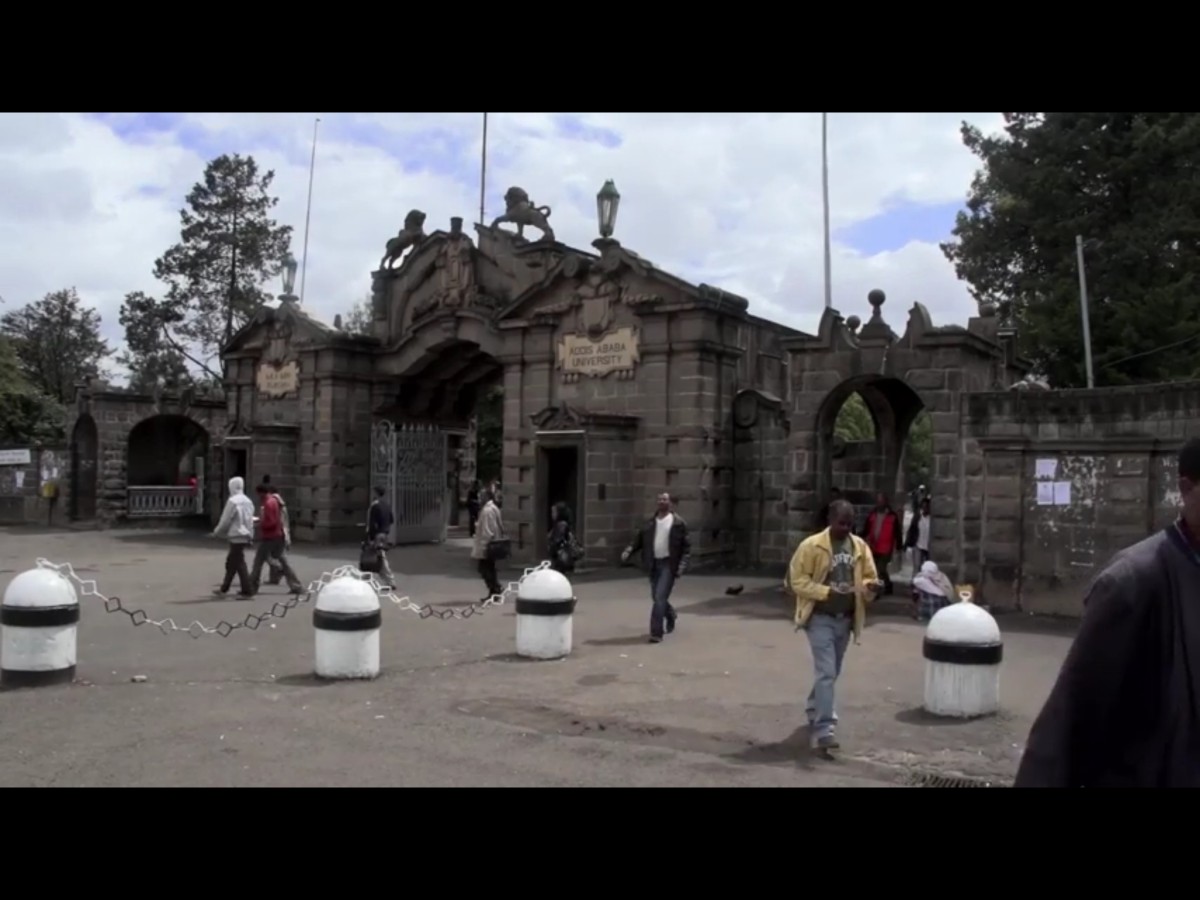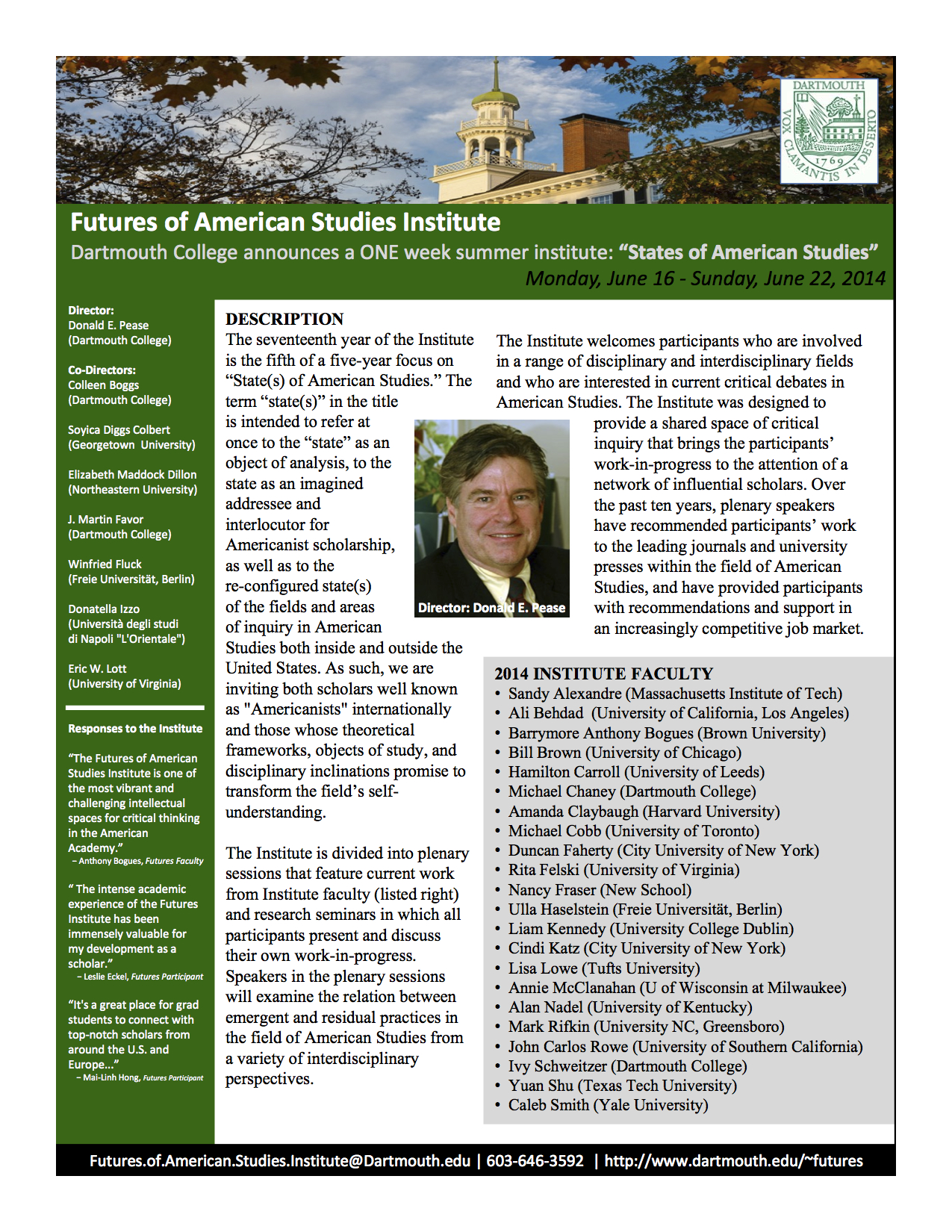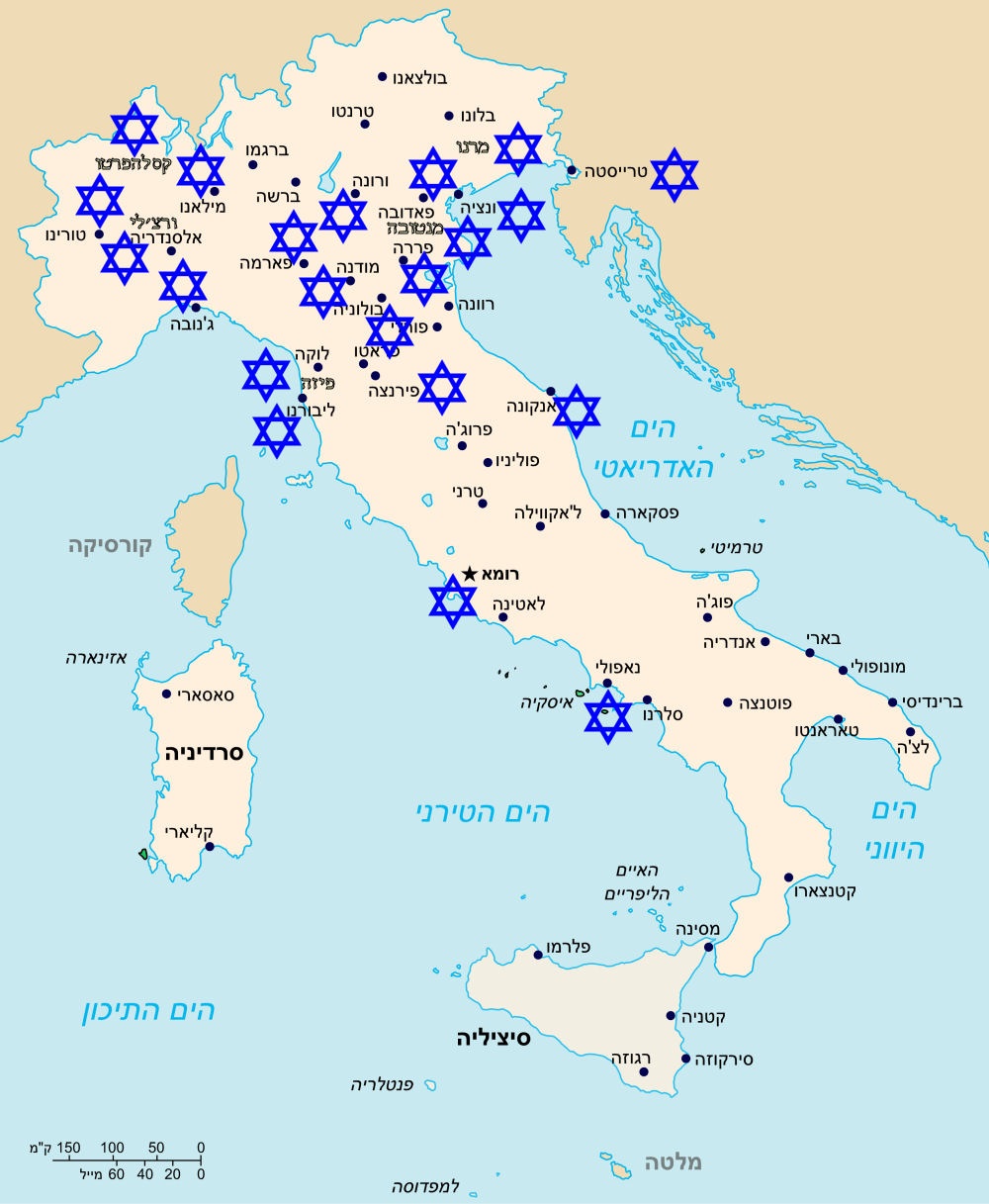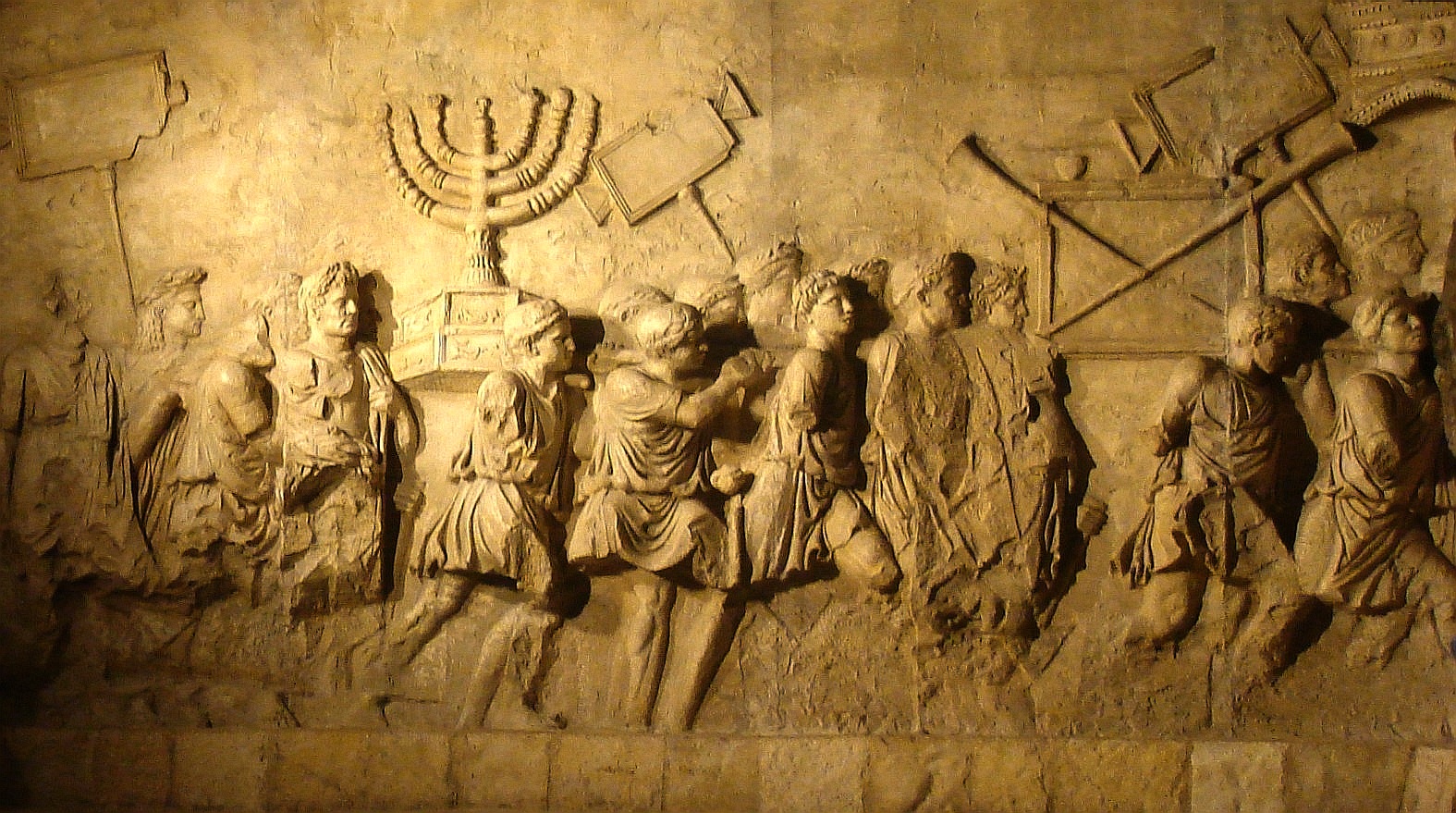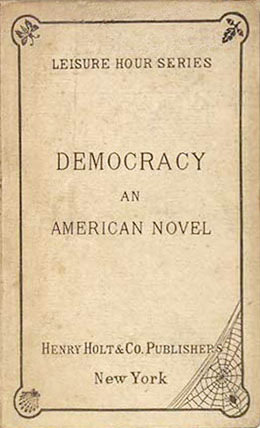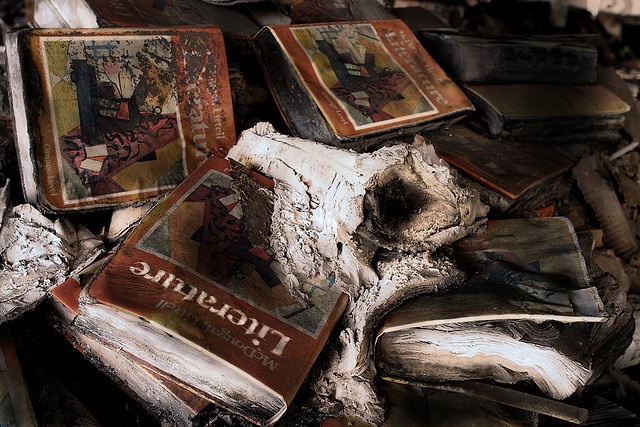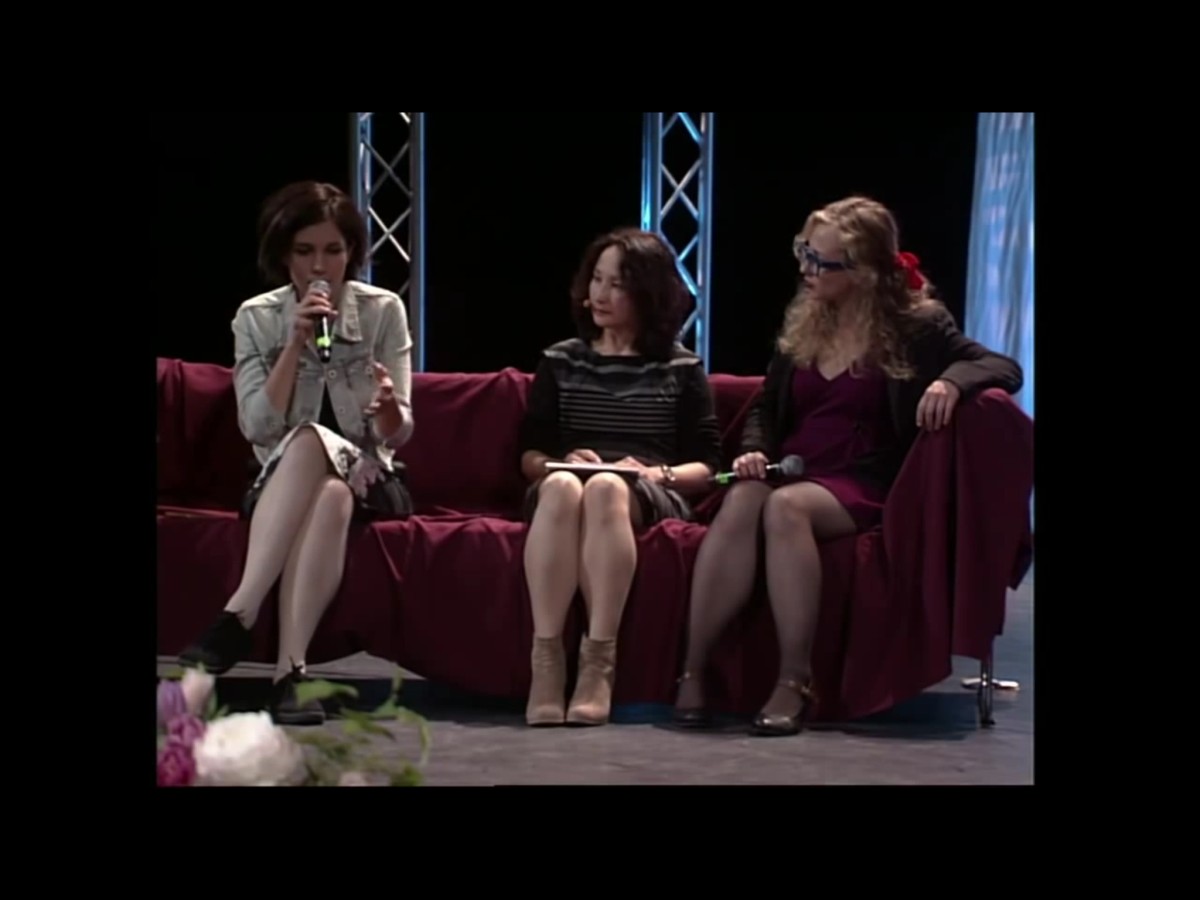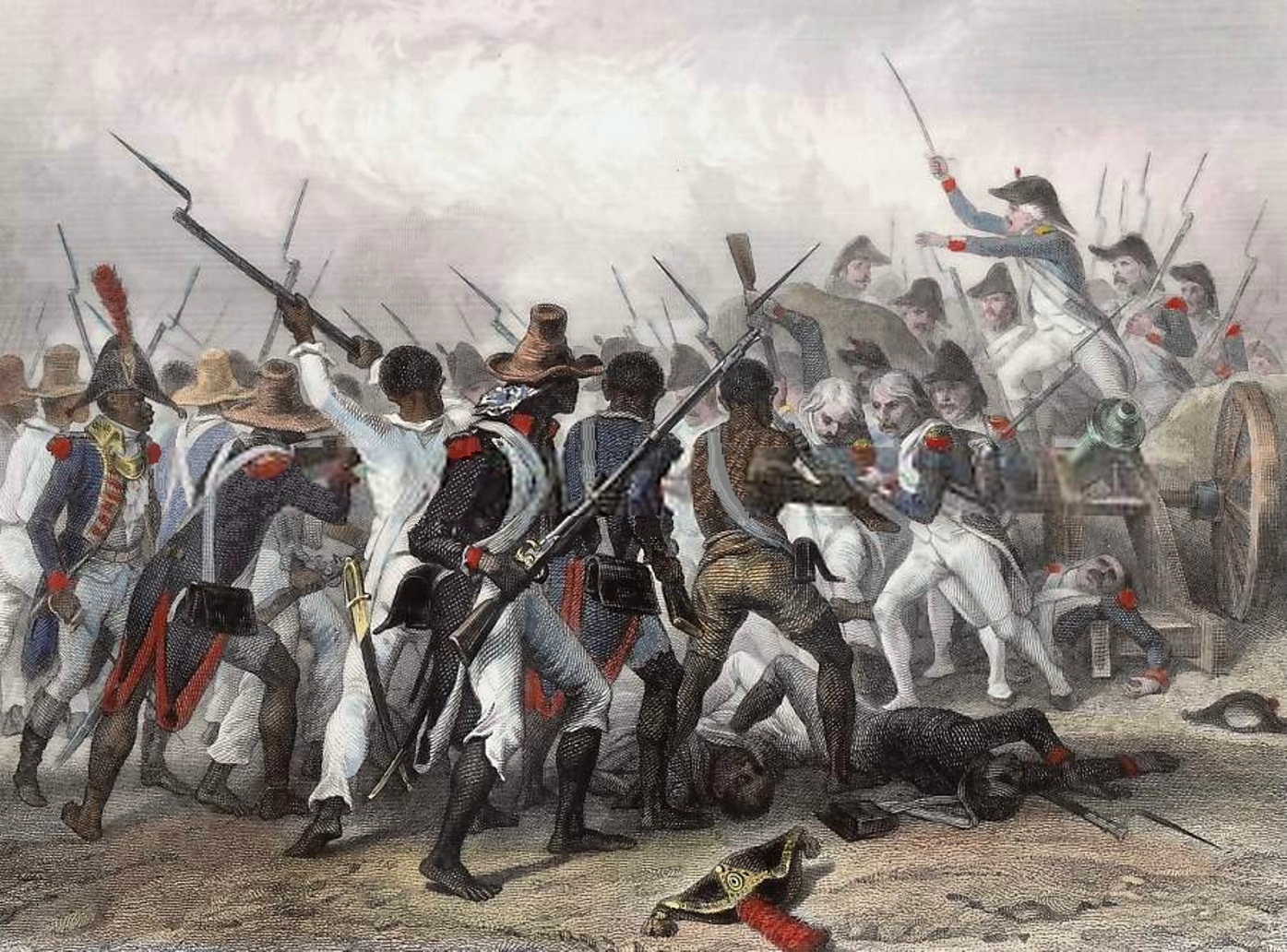by R. A. Judy
“The true scandal is not in the proposition of analogy between the Haitian and Tunisian revolutions, but in this epistemological failure, which perpetuates the refusal to recognize that they are not derivative analogues of the French Revolution or the European Spring of Revolution, but are distinctive events of social transformation, which while in part stimulated by a certain set of Enlightenment concepts and institutions, have taken a course that cannot be charted according to the dominate mapping of our common modernity…”
Given on May 17 2014 at The Tunisian Revolution: Causes, Course and Aftermath Conference, Saint Anthony’s College, Oxford University, Oxford UK
©Ronald A. Judy
(Do not quote or cite without the author’s express permission)
I should like to take full measure of the gravitas of my charge today, which is to locate the Tunisian Revolution in its international dimension. In doing so, I begin by pressing some on two of the crucial terms of that charge: locate and international. Without appealing to the rather authoritative force of etymology—itself a mode of placement and so begging the question—I’ll merely point out that locating something is to place it within some set of boundaries and to so settle it; to situate it. How does one situate or settle revolution, except to, as in the manner of the National Convention in 1795, having just repressed the last uprising of the Revolutionary Parisian sans-culottes and yielding power to the Directory, stabilize it. Nor is it a trivial fact to our purposes here that chief among the institutions of stability was the comprehensive public education law enacted in October of that year, establishing the Institut national de sciences et arts (National Institute of Sciences and Arts), whose expressed mission was indeed to advise the Directory about intellectual work, both scientific and literary, in France and abroad, which might have been of use in stabilizing the energies of the revolution—in other words, their management for the glory of the republic. This was perhaps most successfully realized in the work of the Institut’s second class, the Classe des sciences morales et politiques (Class for Moral and Political Sciences), in which de Tracy’s Idéologues held considerable sway; a heuristic of some of the pitfalls involved in the academicization of revolution well worth attending to now. Nonetheless, it warrants pointing out that in its voluminous work of memoirs, the Institut national de sciences et arts achieved a corpus of psychological social science, including theories of mind as well as ethics, all focused on the well-tempered individual as the proper embodiment of revolutionary force, that still contributes to our understanding of proper social order in change. And that is precisely why we cannot “locate” the Tunisian Revolution, per se. Even if we were to locate it in the seemingly straightforward geo-political sense of placement, I should still dissent, because it is not merely circumscribed within the ambit of the Arab World in any easy way, and it remains porous both northerly and southerly in a way that severely troubles the distinguishing boundaries of Europe, Mediterranean, and Africa.
So, then, rather than locating the Tunisian Revolution in its international dimension, I raise, and will try to address the question of what and how it is meaningful as an earthly historic human event. The most succinct answer to this question is that the Tunisian Revolution, “which we have seen unfolding in our day, whether it may succeed or miscarry . . . finds in the hearts of all spectators (who are not engaged in the game themselves) a wishful participation that borders closely on enthusiasm, the very expression of which is fraught with danger; this sympathy, therefore, can have no other cause than a moral predisposition in the human race.” The last sentence sums things up: this revolution is evidence that humanity can progress of its own accord. That, I think, is the significance of the Tunisian Revolution of Dignity in all the details of its events beginning in Gafsa in 2008 up through to the moment. And, in that regard, it is far more analogous to the events that shook the Caribbean Island of Saint Domingue from 1791-1804, when the independent republic of Haiti was established,1 than it is to either those that transformed France from 1789 to 95, or those from 1848 to 71, which ushered in the hegemony of the European bourgeois liberal nation-state. I know this seems like a radical provocation. I do not, however, intend it as a scandalous remark, but rather as a serious proposition aimed at getting us to think something else. Its seeming scandalous has to do with its incomprehensibleness, which in turn has to do with a failure of knowledge regarding those events of Haiti that, as the Haitian anthropologist, Michel-Rolph Trouillot, asserted in 1990, persist as “‘unthinkable’ facts . . . for which one has no adequate instruments to conceptualize.”2 The true scandal is not in the proposition of analogy between the Haitian and Tunisian revolutions, but in this epistemological failure, which perpetuates the refusal to recognize that they are not derivative analogues of the French Revolution or the European Spring of Revolution, but are distinctive events of social transformation, which while in part stimulated by a certain set of Enlightenment concepts and institutions, have taken a course that cannot be charted according to the dominate mapping of our common modernity.
What I am proposing, then, is that in order to address the significance of the Tunisian Revolution, to seriously ask what this is as an earthly historic human event, we need another historiography of revolution, one that not only makes use of alternative archives but also deploys an alternative anthropology. In addressing the question what is this, we need ask what does it look like; hence, my answer: Haiti. To the extent that this entails locating the Tunisian Revolution within an international milieu, it means situating it in the lineage of, to put it bluntly, “other-than-European” popular revolution. This does not mean non-European, which would assume that the question of Europe itself is settled; which it is not, remaining instead the principal conundrum of modern political science, as well as human sciences: What are we and how can we see ourselves in common? The incomprehensibleness of the commonality of the Haitian and Tunisian revolutions to the current political and sociological analysis is indicative of the utter failure of these sciences to adequately address that question. In the case of Haiti, this is expressed as an outright hostility to the possibility of there ever being let alone ever have been a revolution. In the case of Tunisia, it is manifested as an equally assertive indifference. Both responses have a similar effect: the blockage of destructive neglect of the revolutionary momentum. There are two specific points of analogy to which I wish to draw attention today. The first has to do with why both Haiti and Tunisia are incomprehensible as revolutions in their own right. The second has to do with, incomprehensibleness notwithstanding, the Haitian and Tunisian revolutions’ function in common as actual catalysts for worldwide revolution. Both are emblematic of the movement of les damnes of modernity to realize the better aspirations of humanist modernity: Universal human dignity and rights. This has certainly been so for Haiti historically, which has long been an emblem of radical revolutionary freedom among radicals, and not just Black radicals for 200 years despite, no precisely because of the efforts of the great powers to erase it. Tunisia may perhaps, and this is the aspirational bit, come to be the same for our era.
Taking up the first point, I’ll remark what I am sure many of you already noted, which is that my proposition the Tunisian Revolution is evidence humanity can progress of its own accord is a paraphrasing of Immanuel Kant’s assessment of the French Revolution given in his treatise on education, Der Streit der Fakultäten (The Conflict of the Faculties). Kant’s pronouncements of revolution have come under considerable scrutiny among political philosophers of late in accordance with a renewed investment in his conception of cosmopolitanism; the reason having to do with the idea that we may be indeed approaching such a world order. Of course, Kant is notoriously counterrevolutionary, precisely because, as Lewis Beck and even Chris Surprenant have pointed out, his theory of the deontological foundation for the origins of civil society dictates absolute prohibition on violent rebellion. Nonetheless, he did publicly express enthusiasm for the French Revolution, seeing in the events of 1789 to 1798, when he wrote The Conflict, a mode of thinking—we might best call it, daring to correct him, an emergent intelligence—that “demonstrates a character of the human race at large and all at once.” That this should have emerged all at once, spontaneously, among the populous without the benefit of the discipline, Zucht, achieved through cultured pedagogy, trending toward instituting a civil constitution is precisely what recommends it as evidence of human progress. It was evidence of the inherent universal human tendency of progressive change, where the movement is towards realizing a common association of life and living. The fact that even though, for Kant, this is expressly a communicative association in reason, its conceptual schemata is principally a function of imagination need not concern us here. I merely want to mark it as a useful insight for understanding the eventfulness of Abou el-Kacem Chebbi’s 1933 poem, “If the People One Day Will to Live,” in the spontaneity of the Tunisian’s popular uprisings and their manifesting a certain sort of sovereignty as self-conscious autopoesis; and that it is precisely the unlawfulness of such collective imagination that inclined Kant to view the events unfolding on Saint Domingue during the same time as those in France as the purest instance of collective irrational emotion— in the sense of ill-directed public commotion and unrest: riots—acting against moral-reason, and so absolutely an illegitimate eruption of violence against not only government but also civil society. By that same token, I’ll not rehearse Kant’s account of the origins of civil society, with its complicated elaboration of duties of right—virtue to the self and justice to others—and his notion of authorized reciprocal coercion, which lays the foundation for his views on revolution. It suffices to remark here that his account turns on the postulate that humankind is comprised of individuals who, even in the state of nature, are all rational, autonomous beings. These two aspects of Kant’s thinking are key reasons why all he could see happening in Saint Domingue was a Negro slave rebellion. It is crucial we understand that this was not a failure of personal morals, or some kind of irrational reaction to human difference. It was a fundamental function of Kant’s transcendental deduction, which is to say his account of what is our reality and how we have it, and so what it means to be a free human subject capable of enlightenment, of warranting the motto Sapere Aude. In his assessment of all that, the Negro is a type of hominid firmly situated in the natural domain of things governed by physical law, but not so fully within the supranaturalistic domain of persons governed by the rational moral law. In that light, the basis of the Haitian Revolution’s incomprehensibleness Trouillot references has precisely to do with the priority of the individual in the tradition of European political philosophy; it is because the Negro can not be admitted into the ranks of rational cosmopolitan individuals, and so cannot be the generator of civil society that the prospect of a revolution forming a republic—that is, constituting a civil society—is unfathomable, and nearly unimaginable. My point here— and it is a complicated one that I shall have to make quickly yet I hope coherently—is not about race. Rather, what gets expressed in Haiti’s case as a problem of race is indicative of a more fundamental problem of anthropological psychology and philosophy. That is the long enduring premise that only one mode of subjectivity drives the history of knowledge, as well as history, and it has a definitive singular formation.
The Haitian Revolution’s being a contradictory corrective to this premise was announced by Jean-Jacques Dessalines on April 28 1804, when he justified the recriminatory violence that had just taken place against the island’s whites with the words: “We have paid these true cannibals back in full; war for war, crime for crime, outrage for outrage. . . . I have saved my country. I have avenged America.” Just fourth months earlier, Dessalines had declared the establishment of the Republic of Hayti, in his capacity as its first president. Naming the new country by the assumed Taino term for the island of Hispaniola—the very first place to see the arrival of Iberian colonists and the emergence of Europeans on the world stage—was a symbolically powerful statement, as was his reversing the accusation of cannibalism that had long justified the autochthonous people’s enslavement and murder. Dessalines’ April 28 statement signified an act of solidarity with not only all the oppressed populations, les damnes, of the Western hemisphere, but also the entire world, as was made explicit in the language of the 1804 constitution. One is inclined to agree with Nick Nesbitt and recognize in that constitution the first attempt to construct a society in accordance with the radical Enlightenment axioms of universal emancipation and universal human autonomy, in which all human subjects retain their autonomous constituent power. Dessalines thus defined the Haitian Revolution as a war of worlds, one that in “saving” Haiti from colonial slavery had avenged an entire hemisphere. In so doing, he expressly took up the Radical Enlightenment, further radicalizing in turn that very Enlightenment, which had refused to address anyone other than Whites as full subjects of human rights. As Nesbitt characterizes it, the Haitian Revolution amounted to an “invention of an egalitarian freedom unknown in the North Atlantic.” One might quibble with the term “invention,” preferring manifestation, yet concur fully with the assessment of the revolution’s scope, articulating a distinctive historical subjectivity—that is, distinct in its formation from that of the bourgeoisie of the Enlightenment. This articulation was remarked by the first properly Haitian theorist and polemicist for the revolution, Pompee-Valentin baron de Vastey, in his An Essay on the Causes of the Revolution and Civil Wars of Hayti where he writes of a population that only twenty-five years earlier was “in slavery and the most profound ignorance, with “no idea of human societies, no thought of happiness, no kind of energy, yet through massive spontaneous individual autodidactic effort— many of them learned to read and write of themselves without an instructor. They walked about with books in their bands, inquired of persons whom they met, whether they could read; if they could, they were then desired to explain the meaning of such a particular sign, or such a word — produced in the span of one generation a corps of indigenous Haitian notaries, barristers, judges, statesmen, that “astonished every one by the solidity of their judgment.” Even more significant than this being a direct contradiction of Kant’s dismissal of the Negro as an inferior more natural hominid, is that the facts of Haitian auto-didacticism is in evidence of his theory of humankind’s capacity for autopoetic progression, and that, even more than the French Revolution, the Haitian Revolution proves this. So what the incomprehensibleness of the events of the Haitian Revolution clearly indicates is not merely that they are unthinkable in accordance with the reigning cosmology, but that the cosmology is woefully, on its fundamental premises, incapable of yielding any truly adequate knowledge about the eventfulness of humankind, about how the societies in which we actual live are as they are. Which is to say they are a far ways away from giving a full picture of how humanity lives life in our world.
To see how this problem of incomprehensibleness and contradiction relates to the Tunisian Revolution, and so underscore this point about the resemblance between the events begun at Bois Caïman on August 28 1791 and those that began at Sidi Bou Zid on December 17 2010, we need merely recall Alain Badiou, just 5 days after the fall of Ben Ali, designating the events in Tunisia as Les émeutes en Tunisie. What struck Badiou about the events in Tunisia was they contradicted the «fin de l’histoire» thesis of globalization that postulates “the end of eventful history (le fin de l’événementialité historique), the end of a moment where the organization of power could be overthrown in favor of, as Trotsky said, ‘the masses entering on the stage of history.’” So that precisely such events as Tunisia were supposedly no longer possible. For the past thirty years, neoliberal globalization has been, as Badiou says, “The only tenable norm of general subjectivity (la seule norme tenable de la subjectivité générale).”
Once again, we are held captive by a powerful idealist concept of things—and especially so when it is touted as a reductive behavioralism or functionalism—that interferes with our capacity to see what is unfolding before us. Certainly, this subjectivité, this person, becoming the global norm has been the meaning of globalization until now. It has been a globalization from above that we have called, in the French mode, “Américanisation,” underscoring its association with imperialism, or more consistently “neoliberalism,” which is characterized by the premise that market values — the dynamics of high capitalist finance — are the absolute measure not just of human progress but existence as well. And so, the economy of consumption and desire, desire and consumption has been the sole determinate of what we are. Until now. I say until now, because what the Tunisian émeutes have unleashed is another mode of globalization, one expressly based on a set of values — dignity, liberty, and social justice — the very same ones espoused by the Haitians. And as with them, these values were not espoused by the intellectuals of the elite classes (whether bourgeoisie of petty bourgeoisie) functioning as the avant-garde to the masses, but by the masses on their own. “What is fascinating above all else in the Tunisian events,” according to Badiou, “is their historicity, they demonstrate that the capacity to create new forms of collective organization is intact (la mise en évidence d’une capacité intacte de création de nouvelles formes d’organisation collective).”
I draw your attention here to this distinction between the processes of market- driven subjectivity and the capacity of the Tunisian revolution to create new forms of collectivity. In both instances, we are talking about some process of individuation that has the practical and very material function of socialization, of creating a certain type of individual suitable for a certain type of sociality. The individuation process of the capitalist market — and I mean throughout its history from the early commodity markets of tenth-century Europe to the current neoliberal market of global finance — may indeed have engendered the normative subjectivity of the market through its endless refashioning and management of desire and imagination, but it also engendered something else, as is evidenced by the Tunisian Revolution. This something else is what Zygmnt Bauman termed an aesthetic sociality, the spontaneity of subjective feeling into volatile and unpredictable occasions of consensus. As he says: “The instantaneous sociality of the crowd is a counter-structure to socialization’s structures.” We can understand by this that the cumulative institutionalized practices of disciplining normality, the genealogies of which Foucault elaborated under the lose rubric of biopolitics—to which Bauman includes the legislative rationality of cognitive space thereby referencing the methodological practices of the human sciences in the university—are interrupted by the faceless agency of the crowd.
On this point, I emphasize the importance of the Tunisian Revolution’s displaying the very real capacity of the spontaneous intelligence of the people to create, to generate new forms of sociality independent of the market-based processes of socialization. These “émeutes” hold the promise of what Frantz Fanon referred to 43 years ago in his hopeful analysis of the potential of the Algerian Revolution as “doing something new,” and which gets paraphrased as neo-humanism, but I prefer to call radical humanism. And what I mean by this is a humanism predicated on something else than the processes of bourgeoisie or even proletariat individuation; that is to say, its values are not reducible to matters of exchange or even the practical, in the Kantian or even pragmatic sense of the term, matters related to exchange-value. I am brought, thus, to the second point of analogy I wish to mark today. Both the Tunisian and Haitian revolutions give manifest expression to a type of human intelligence articulating a self-consciousness that is not identical to the transcendental self behind subjective, as well as objective idealism. It is, in distinction from that subjectivity, an articulation of being among things in the world. It is a figure for a distinctly different epistemology than that of the bourgeoisie, even in the latter’s revolutionary articulations.
Such was highlighted early on in the revolution by Mongi Rahoui who, just one month after Ben Ali’s flight from power, during a symposium convened at the Temimi Foundation, proclaimed: “I personally do not belong to any party or any association; I have my personal affiliation—I belong to myself . . . I want to be a member of ‘a stone in a larger dam,’ paying the revolution forward together and giving attention to its accomplishments, saying it is from beginning to end a revolution of freedom and dignity.” With this blunt assertion for the self, and his identifying this self-awareness as the fundamental revolutionary project to actualize a free society, Rahoui raises to prominence the question of ethical relations: How am I engaged in ethical relation with others? He has publicly insisted on the centrality of this question in the political process of the revolution in his role as the representative of Jendouba in the National Constituent Assembly, which was charged with drafting the new constitution. Just this January, when the constitution was being finalized, Rahoui became embroiled in a pivotal debate with Habib Ellouz, a founding member of the Nahda over the relationship between the language of Article 1 of the newly drafted constitution, resulting in the language in Article 6 expressly prohibiting charges of apostasy (تكفﯿﻴر /takfir) and incitement to hatred and violence—a clear indication as any that this revolution, whatever it is, is not theocratic. It is not inconsequential that Rahoui’s debate with Ellouz garnered considerable attention in Tunisia and the Arab World precisely because it is a heuristic of the struggle between the native secularism expressed in the spontaneous prolonged insurrection of the streets that began in December 2010 and continued well through to September 2013, and the Islamist agenda to impose what the Tunisian activist and philosopher Muhsin al-Khouni, calls a utopian fiction of the Islamic heritage: their conception of sharī‘a. Nor is it inconsequential in that regard that Rahoui is now the sole member of the leftist Mouvement des Patriotes Démocrates, (Democratic Patriots’ Movement, or MOUPAD) to hold a seat in the National Constituent Assembly. Ideologically Marxist and ardently secular and anti-Islamist, MOUPAD was part of the Popular Front that was formed in October 2012, bringing together various leftist and progressive parties into effective political block. It was the assassination of MOUPAD’s Secretary-General, Chokri Beliäd, by Salafist in February 2013 that precipitated the national crisis in which the coordinated efforts of the Popular Front, the UGTT, and street demonstrations eventually led to the Nahda government’s collapse this January.
Rahoui’s persistence in emphasizing the Tunisian Revolution’s fundamental insistence on individual responsibility for life in association with others in the political reformation of Tunisia gives a certain actuality to what was initially signaled by the multitude in the streets with the slogan كراﺍمة اﺍلإنسانﻥ (kāramat-ul-insān/ “human dignity”) during the initial insurrection, and was fiercely defended by the syndicalists during the Nahda government. It is a manifestation of what the late Chokri Beliäd spoke about as the “Tunisian intelligence” (al-dhikā al-tunisī/ لذكاء اﺍلتونسياﺍ) by which he meant a critical mass of educated subjects, including the labor movement and the various institutions of civil society, formed through a specific educational system and a confluence of historical and geographic factors, unique to the country. That intelligence, he argued, is both what would save the nation, having sparked the revolution, and what the emerging constitutional order should invest in and strive to preserve.
Beliäd’s designation and description of Tunisian intelligence, Rahoui’s activism, and especially the vernacular invocation of human dignity are all indicative of a particular process of individuation that was not so much inaugurated by the postcolonial Bourguiba government’s enactment of the Education reform law number 58-118 of November 1958, but rather traceable back to the older Tanzimat- style reforms implemented by Khaïreddine al-Tunsi in the nineteenth-century at al- Zaytouna University and Collège Sadiki, which the 1958 reform gave a more popular institutionalization and instrumentality. This process of individuation can be regarded as resonant with Gramsci’s fundamental focus on the relationship between material conditions of life- practices and the institutions of human intelligence, so that the popular Tunisian intelligence Beliäd described is an emergent formation—it is a moment of subalternity, the precise moment when a set of life- practices give expression to a set of intellectual practices of reflection and organization that articulate a narrative of historical constitution and change. Mahmud al-Mas‘adi, who undertook institutional execution of the 1958 reform as Secretary of State for Education, Youth and Sports, designated this condition “restlessness” ( َعلى قَلَ ٍق /‘ala qalqin), describing a mode of sociality in which each individual accepts the responsibility, as well as risk of living life in relation and common with others. In effect, the Bourguiba/Mas‘adi reform engendered a population that is قلوقﻕ / qalūq (restless), capable of an ongoing open-ended practice of discovery, which is precisely what Fanon was describing with the term individuation. The Tunisians’ identification of this restlessness with كراﺍمة اﺍلإنسانﻥ (kāramat-ul-insān) is akin to what Tony Bogues has recently designated as “common association” in his attempt to think the centrality of artistic and poetic expression in the Haitian peoples effort to actualize a free revolutionary subject in the immediate aftermath of the 1804 revolution. Indeed, The 1958 Bourguiba law was as extensive in scope as were the education law promulgated by Henri Christophe when he became King of Haiti in 1811 after the dissolution of Dessalines’ imperium with his death in 1806, precipitating the division of the country into warring northern and southern realms; and then again in 1816 by Pétion who, after Christophe’s assassination, restored the united republic and established an extensive system of education, including a national school of secondary education for girls in Jacmel, as well as the Pensionnat National des Demoiselles in Port-au-Prince declaring: “Education should be the fundamental basis of any program in a true democracy, because education raises man to the dignity of his being.” In that vein, the human condition both the Haitian and Tunisian revolutions describe as well as enact is perennially transitional, or to use an older language, metabolic. This, I think, is currently at stake in Tunisia right now, expressed in the eloquent local metaphor شرﯾﻳعة اﺍلثورﺭةﺓ. /shari‘at-u-thawra. I translate this in deliberate deviation as “the ethics of the revolution,” rather than the more conventional “law [as in Sharia] of the revolution,” to remain in solidarity with the Youth of the Revolution in their ambition to sustain an open-ended possibility for a myriad of ways of taking care of the self, an unending restlessness.
Arguably, the spontaneity with which the people of Kasserine established structures of order in all the chaos during those dark days of early January 2011 is illustrative of such restlessness as a societal force. And when those events are considered in light of Mohamed-Salah Omri’s claim that a constancy of Tunisian social life is the culture of dialogue and what may be called institutionalism, we must seriously ponder the hard question of whether the Tunisian events of this moment, like the Haitian events of the long nineteenth century, do not so much announce a new paradigm of revolutionary transformation, as they manifest a history of individuation in modernity that escapes comprehension from a certain perspective. This is a matter of the seer and the seen. And, in that regard, the assessment of the Tunisian revolutionary unionist and theorist, Mouldi Guessoumi, is extremely pertinent: “This is a revolution that has not affected Tunisia’s mode of production, or the overall structure of its society, or even the political consciousness and reasoning. Rather, it has been a surgical intervention undertaken by the citizenry in the daily life practices of society.” Perhaps the clearest, although not simplest, illustration of this is the insistence of the people in Sidi Bou Zid that they be able to eat bread without having to beg. Calling this كراﺍمة اﺍلإنسانﻥ (kāramat-ul-insān), human dignity, they aim at achieving a society in which one’s desire is not the instrument of one’s exploitation.
notes:
1. Make note that when President Boyer secured France’s recognition of the republic in 1825 at a devastating cost, he effectively ended the revolution’s political expression.
Back to the essay
2. He made this assertion in Haiti: State against Nation. The Origins and Legacy of Duvalierism, reiterating what he had already set out in his landmark 1977 work, Ti difé boulé sou Istoua Ayiti, which was the first book-length monograph in Haitian Creole on the origins of the Haitian Revolution.
Back to the essay

